Themelas Three Aeons Introduction
Crowley stated that the history of humanity can be divided into a series of Three Aeons (Isis, Osiris & Horus), each of which was accompanied by its own forms of “magical and religious expression”. In this article we will give a brief summary of the Themelas Three Aeons and how they represented in the Thoth Tarot. The YouTube Video for this topic can be accessed by using the image link below:
(ii) Themelas Three Aeons & The Thoth Tarot Deck
There are several examples of differences between the card titles of the Thoth Deck and the traditional Rider Waite Deck:
Adjustment replaces Justice:
Lust replaces Strength:
Art replaces Temperance:
& finally the Aeon replaces Judgement with the Aeon Card (discussed under the Aeon of Horus) a radical departure from the Waite Trump as we can see from the comparison below:
The Three Aeons are represented symbolically in the Hierophant of the Thoth Tarot by the wand with 3 rings in his right hand. We also see:
Isis = Woman holding large sword
Osiris = The Hierophant
Horus = In star on Hierophants chest
(iii) Themelas Three Aeons & Egyptian Deities
Crowley named Themelas Three Aeons after Egyptian Deities and so we have
- The Aeon of Isis (after the Goddess Isis)
- The Aeon of Osiris (husband/brother of Isis)
- The Aeon of Horus (son of Isis & Osiris)
We will now look at each of these in turn:
1. The Aeon of Isis (10,996B.C. to 8830B.C.) ‘The Great Goddess’
Known as the Aeon of the Great Goddess and associated with the astrological age of Leo:
She represented a time of the divine feminine and was the human embodiment of the earth giving forth life. She had her menstrual cycles which coincided with the phases of the moon. The Goddess and woman were seen as the source of life itself with the role of men in the reproductive process not known.
Other women associated with this Aeon include Artemis:
2. The Aeon of Osiris (166B.C. – 2000A.D.)
Known as the Aeon of the dying God and associated with the astrological age of Pisces. Osiris is on the Stele of Revealing picture and is also seen in the image below:
In this Aeon people were more advanced in agriculture and the role of the Sun in growing crops realised. The role of men in the birth process to prevent woman from being barren understood. Just as the sun (masculine) was important for life on earth (feminine), so man was important in the birth of a child.
Osiris is usually distinguished as the God of the afterlife, the underworld, & the dead, but more appropriately as the god of transition, resurrection, and regeneration. This death and resurrection theme is illustrated in the Rider Waite Judgement Card. Osiris was classically depicted as a green-skinned man with a pharaoh’s beard, partially mummy-wrapped at the legs, wearing a distinctive crown with two large ostrich feathers at either side, and holding a symbolic crook and flail.
In this period there was a growing fascination with death rather than the mystery that life brings and they even thought that the sun died at night in the west and was reborn in the east and that it became weaker in the winter time. Links were made between Man (the Sun) & woman (the Moon) and human sacrifices were made to the Gods with the religious people having elevated power of the common people. These were blood sacrifices which were done in reverence to the Sun to make sure that it rose again each day.
Eventually human sacrifices were replaced by animal sacrifices and then we had the ritual of the bread and wine.
Other people associated with this Aeon include:
3. The Aeon of Horus (2000 A.D+)
Horus is the son of Isis and Osiris & is associated with the Age of Aquarius.
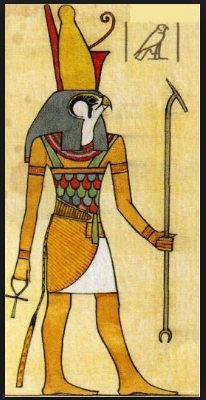 The Aeon of Horus is also known as the crowned and conquering child, the ever-living Sun (which moves to the other side of the world at night) and continuous life.
The Aeon of Horus is also known as the crowned and conquering child, the ever-living Sun (which moves to the other side of the world at night) and continuous life.
In this Aeon, death is an illusion. The modern Aeon of Horus is portrayed as a time of self-realization (the all seeing eye shown below) as well as a growing interest in spiritual matters and the evolution of the soul. Today in 2018, we see an increase in spiritual groups and the growth of vegetarianism/veganism. Alternative medicines have also evolved coupled with the growth in meditation groups and spiritual practises. Crowley emphasised the need to follow ones ‘true will’ or soul direction in life.
(iv) The Stele of Revealing and the Aeon Card
The Stele of Revealing is an Egyptian religious artefact dating from the 26th Egyptian Dynasty ( 664B.C. to 525 B.C). It is a wooden tablet overlaid with stucco (an aggregate decorative coating) and painted with mythological scenes and hieroglyphic writing. It was made to commemorate the death of a priest called Ankh-f-n-khonsu.
The Stele of Revealing is especially sacred to Thelemites because it is through this artefact that the Law of Thelema was revealed to Aleister Crowley in 1904 starting the New Aeon of Horus.Soon after discovering the Stele in a museum in Cairo, Crowley received a channelling which later became known as The Book of the Law.The Aeon Card (representing this new Aeon) is a thus summary of the deities in the Stele of Revealing:
Key Points
- Aeon Card represents the new Aeon of Horus starting from the previous Aeon of Osiris.
- In the Stele we have the perspective of observing the scene. In the Aeon Card we have replaced the Priest and so we are looking directly at Horus.
- Horus is the product of the union between Hadit and Nuit & is known by his special name Heru-Ra-Ha when he has the form of the twins; Ra Hoor Kuit and Hoor-Pa-Kraat.
- These are the same twins that are found in The Fool, Lovers and Sun Trumps as shown below:
We will discuss the Aeon card in greater detail in the major arcana series but essentially it replaces the Judgement Card because Crowley felt that it represented a period of time that had already passed (age of Osiris) and he wanted to replace it with a title that expressed distinctive periods of time in terms of religious expression and the spiritual evolution of man. This is the origin of the Three Aeons that Crowley identifies.
(v) Themelas Three Aeons Conclusion
Crowley refers to Themelas Three Aeons in his Thoth Tarot Deck and so some understanding of what distinguishes them is beneficial. What they are ultimately detailing is the evolution of human consciousness throughout time until we are sufficiently spiritually aware so we can merge with the oneness of Kether. In practise, these Aeon boundaries only show general trends in culture, and throughout time there has always been people who are spiritually advanced. We also see Goddess worship happening today in 2019, In the Goddess Temple in Glastonbury, England as an example where people have many spiritual realisations:
In conclusion, I do not take Themelas Three Aeons classsification too literally, but rather as general guide to the common religious culture of the time and a way of understanding the Thoth Tarot Symbolism.
(vi) Recommended Reading
Lon Milo DuQuette : Understanding Aleister Crowley’s Thoth Tarot
Michael Snuffin : The Thoth Companion
(vii) Meditation Links

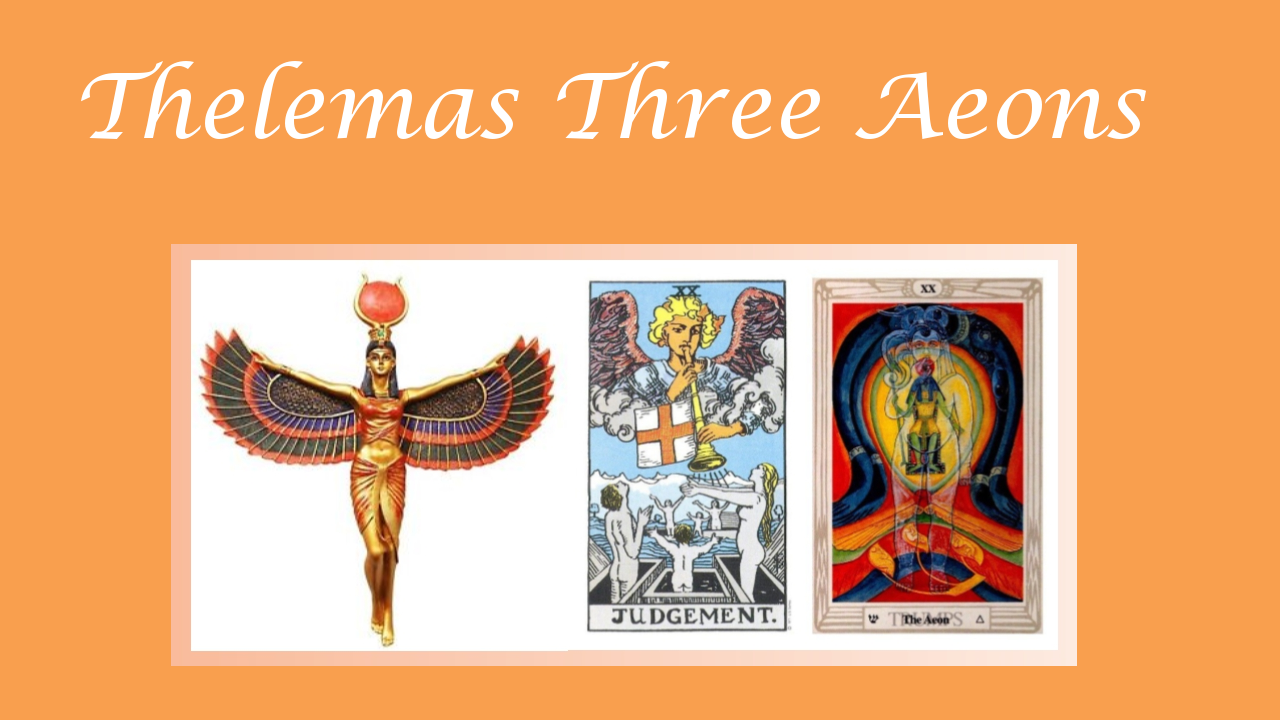
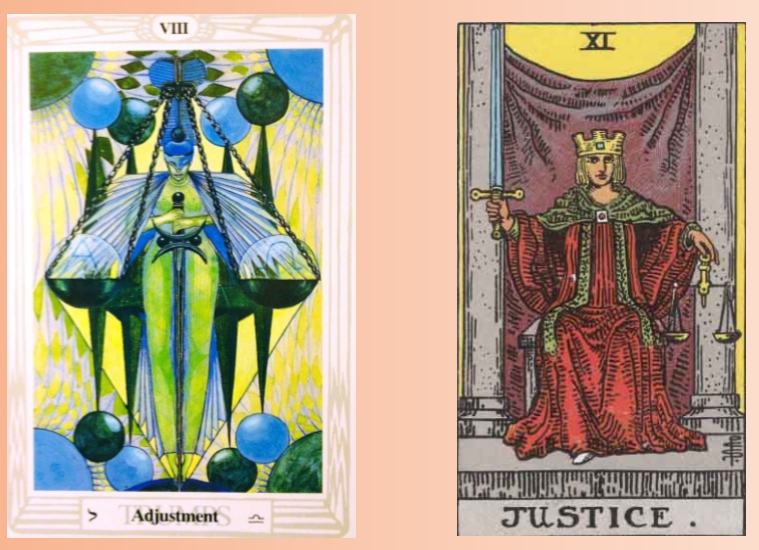
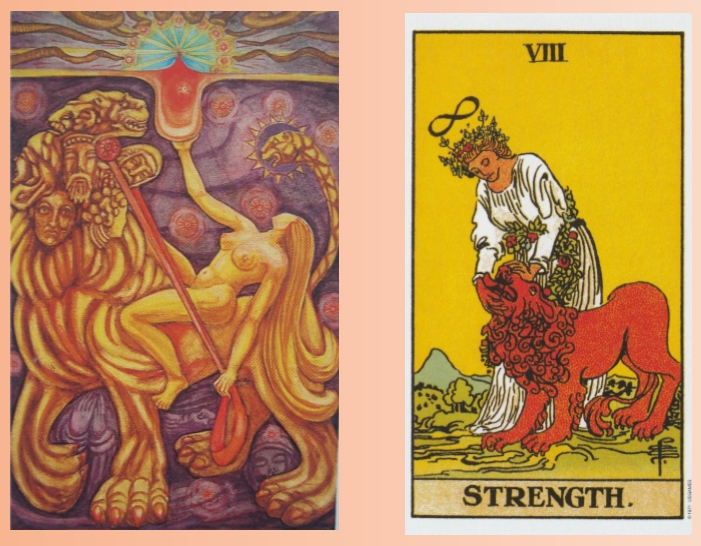
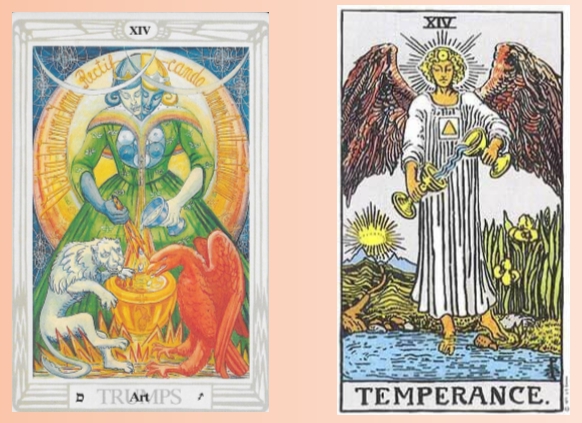
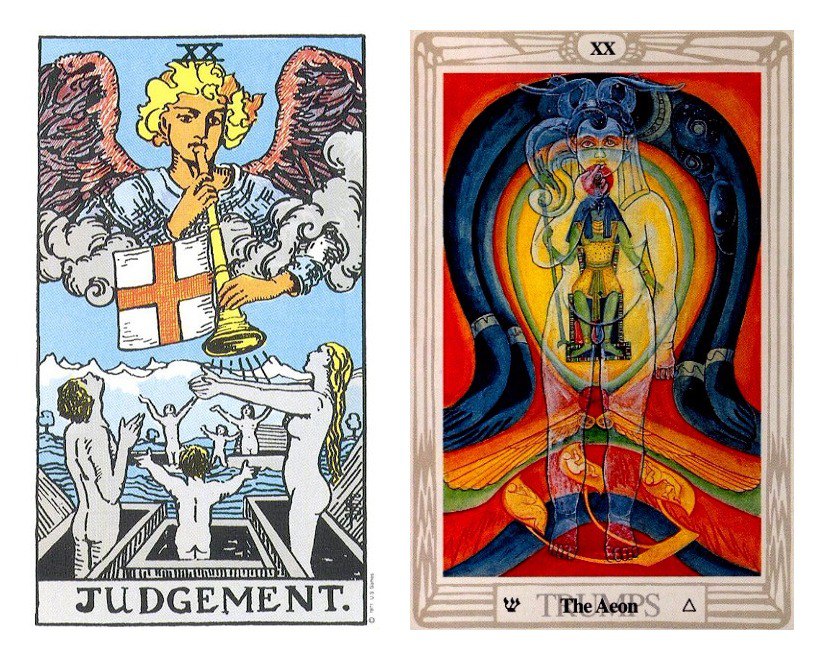
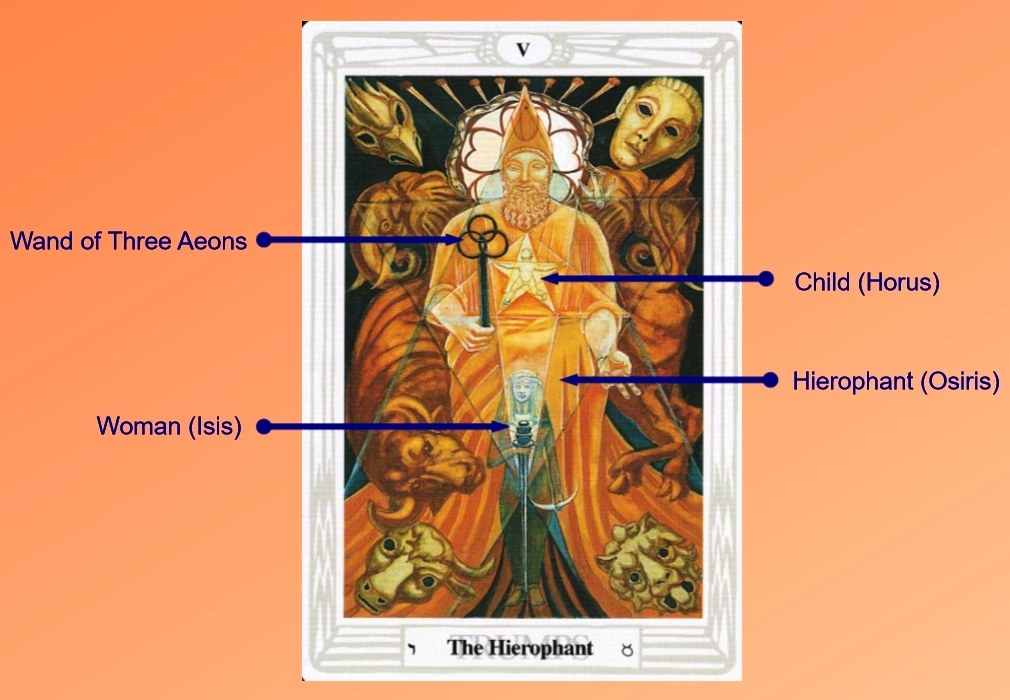
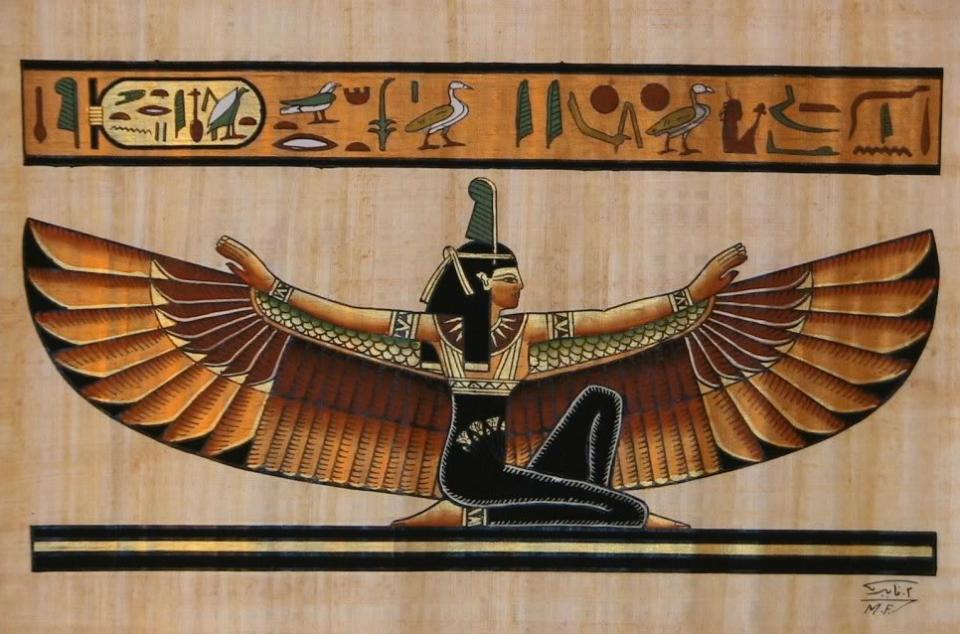
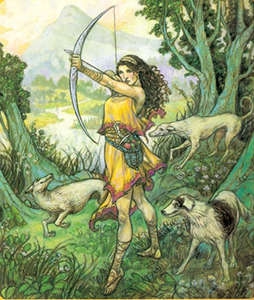
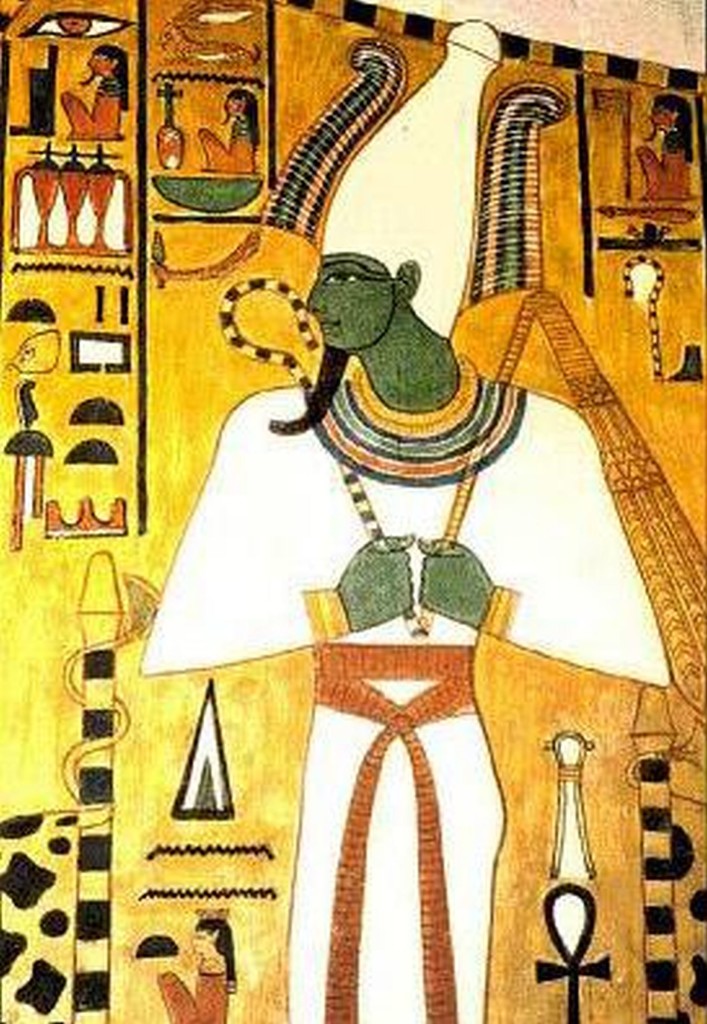
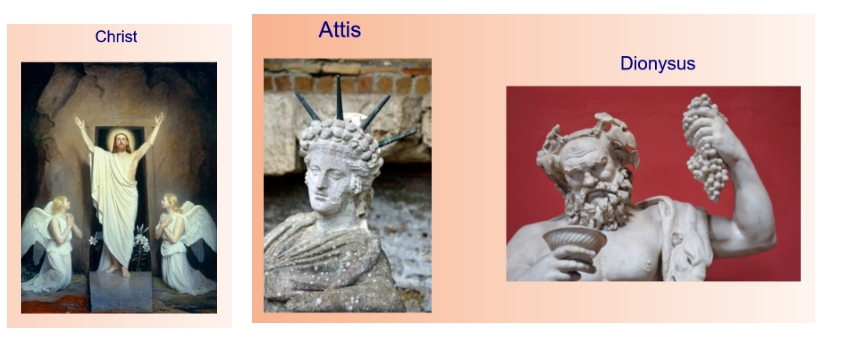
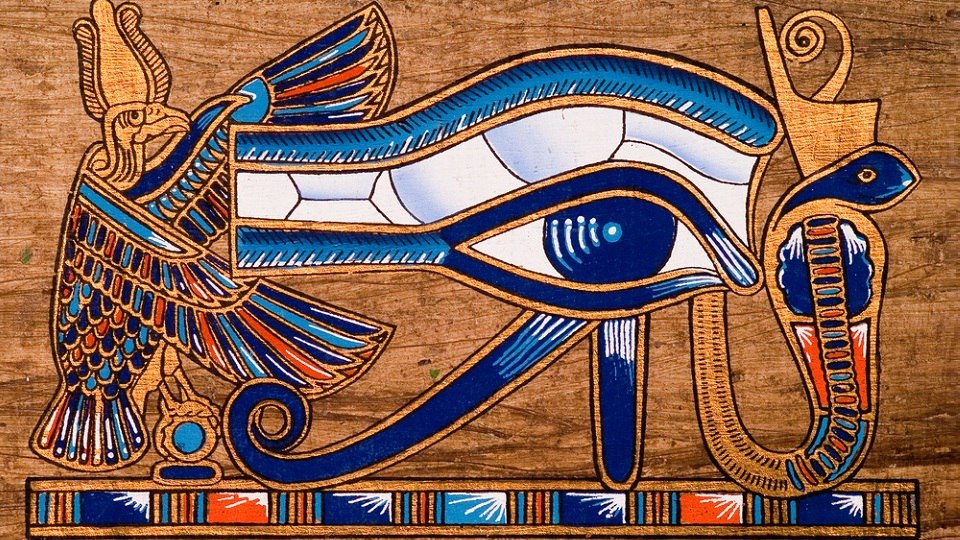
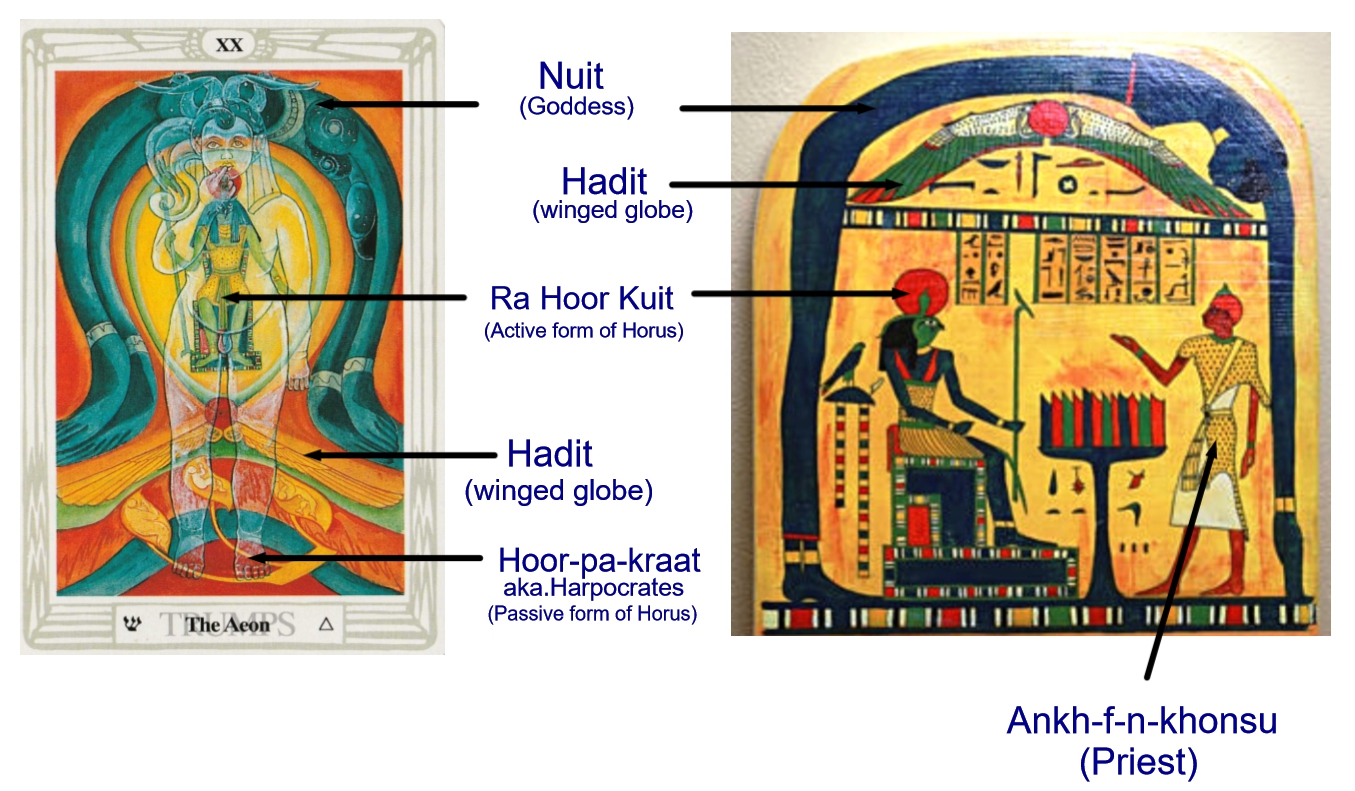
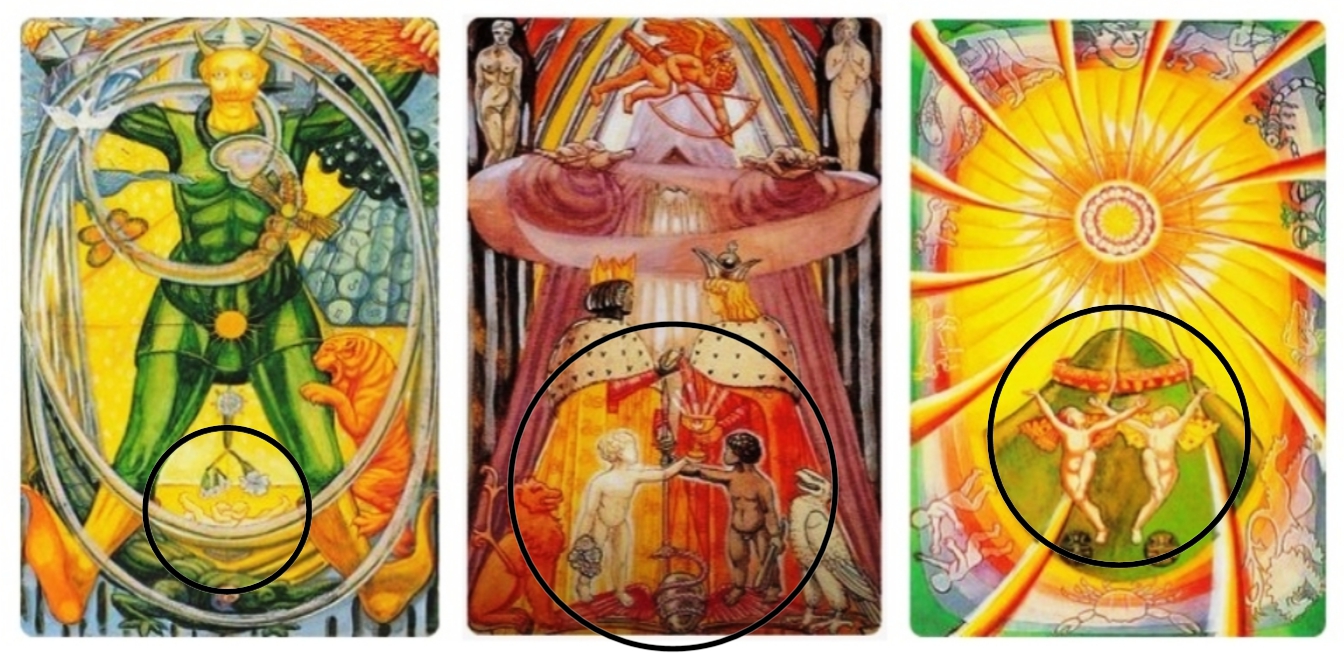
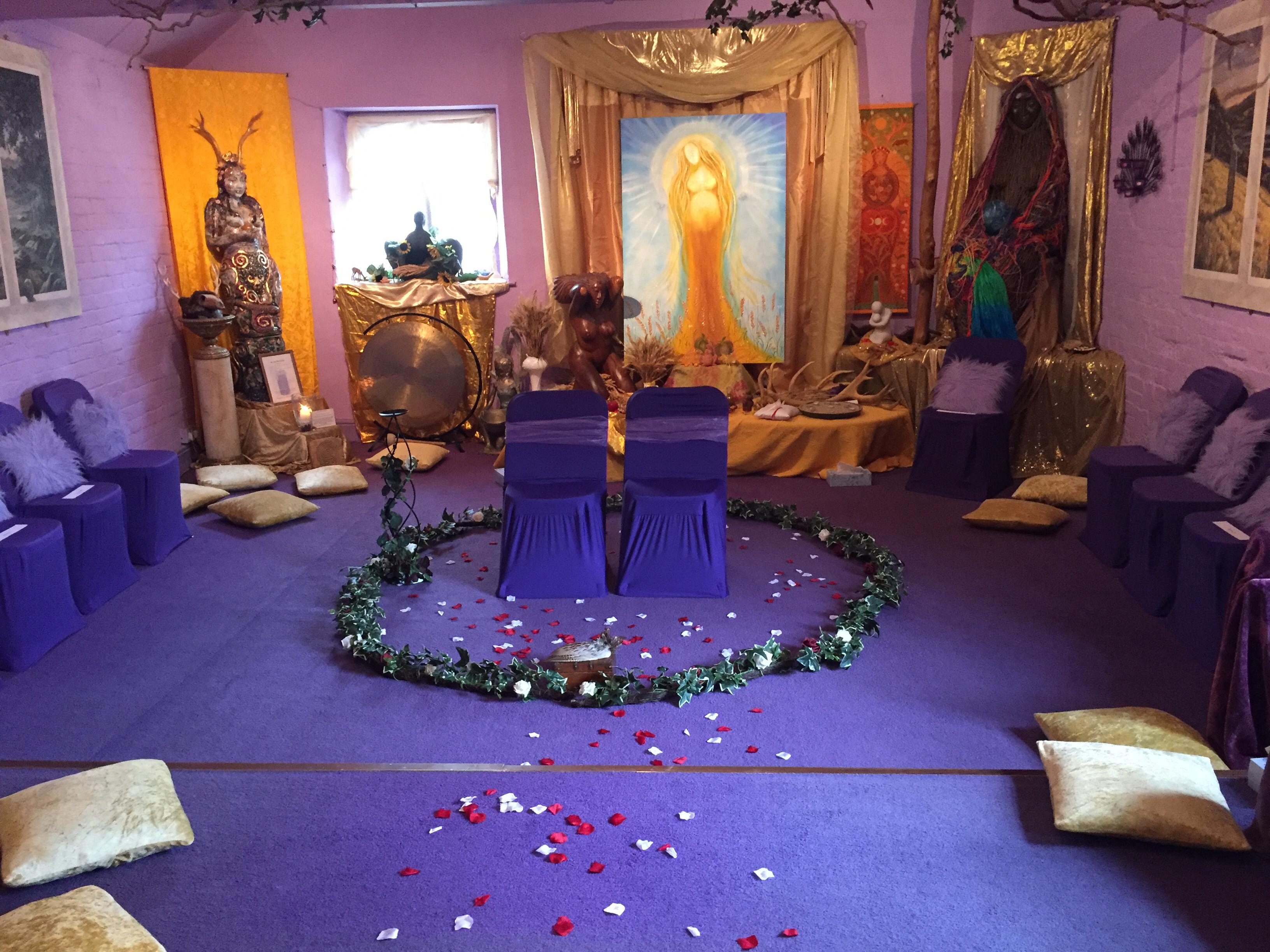
TheLEMa…
I love what you are doing here, and find it an invaluable resource and reminder- even a compendium.
p.s. please spellcheck Thelema vs themela through your whole site.